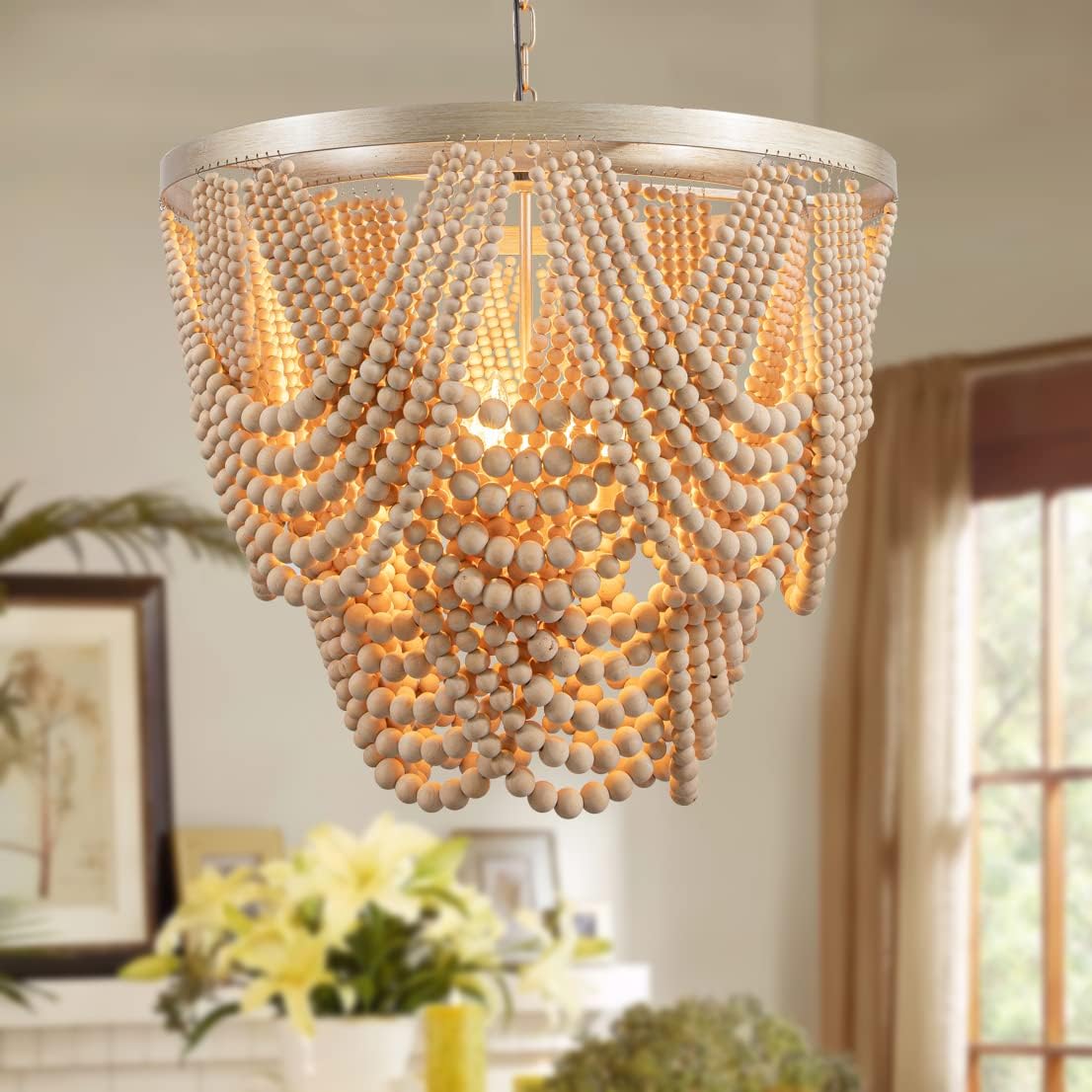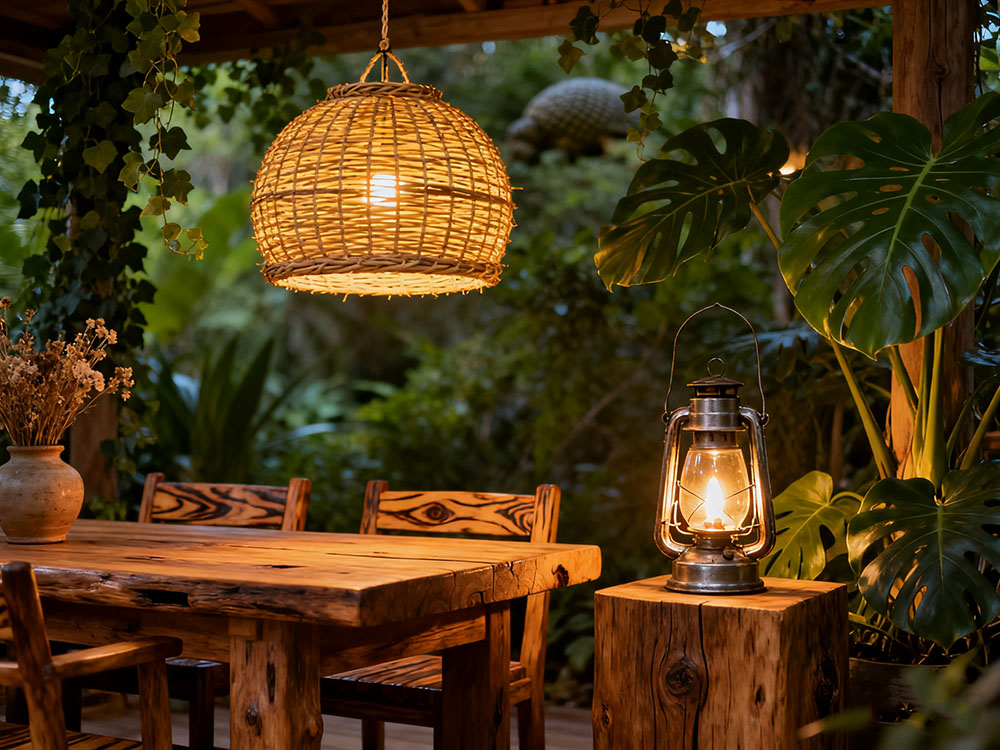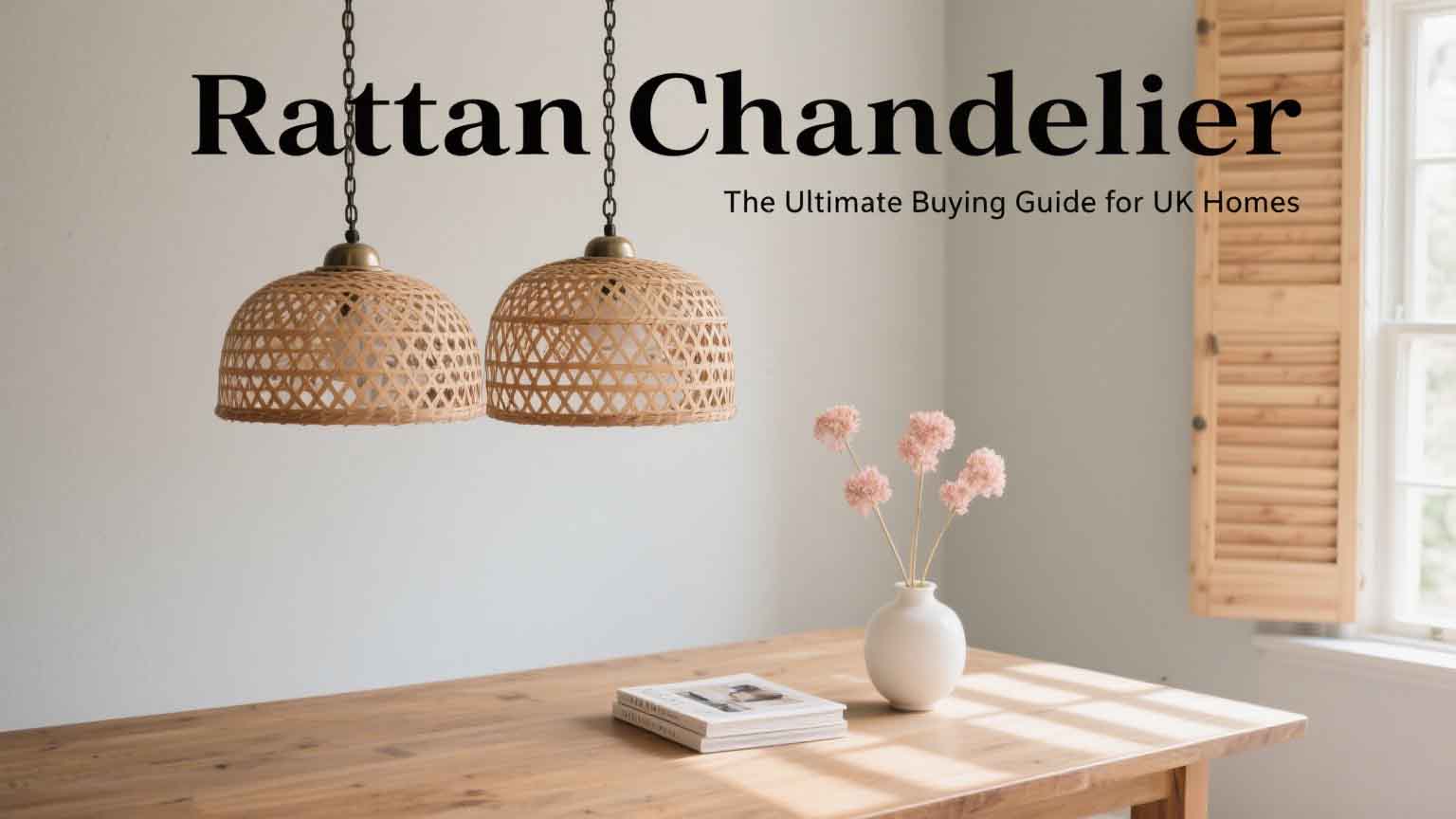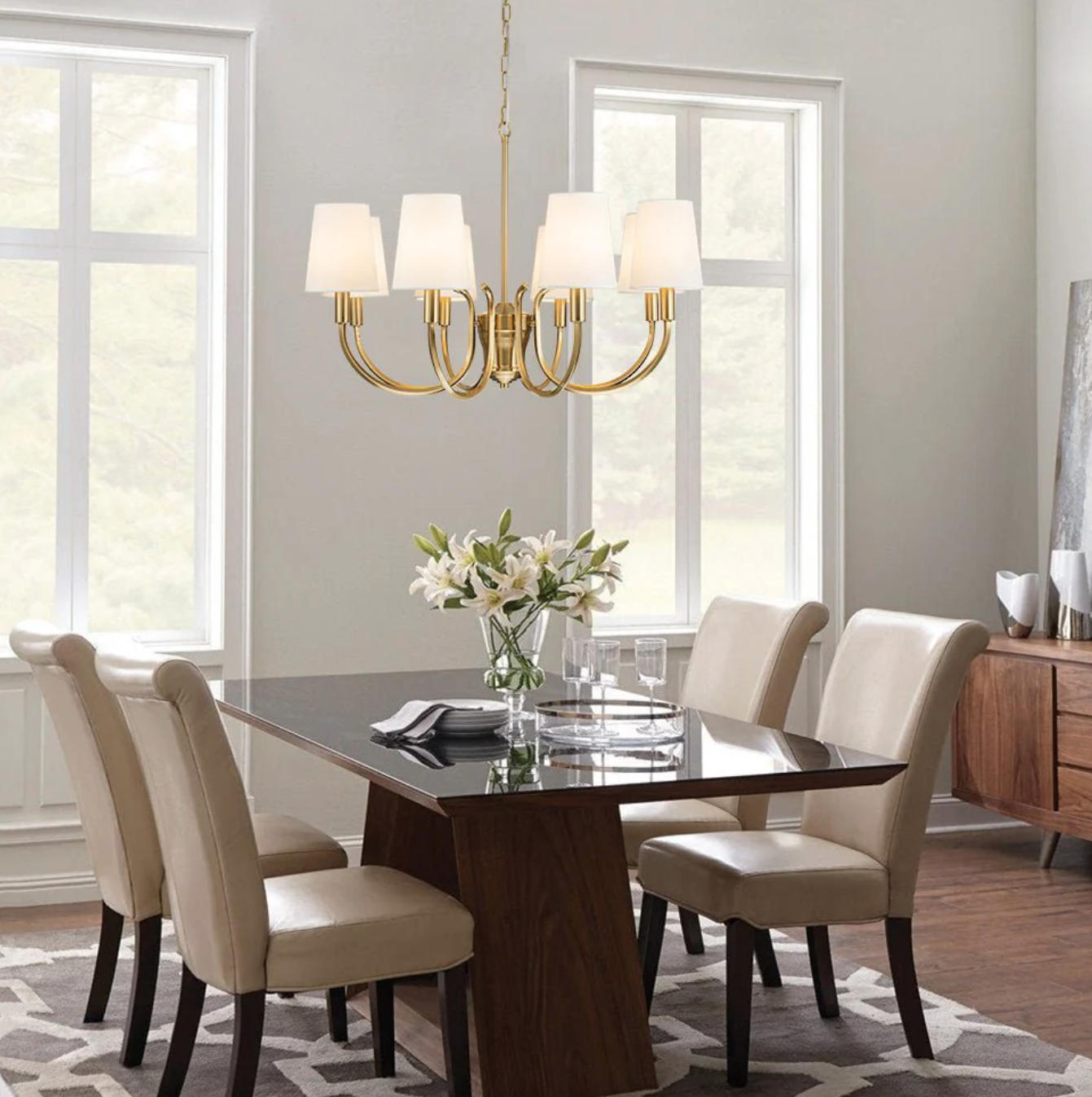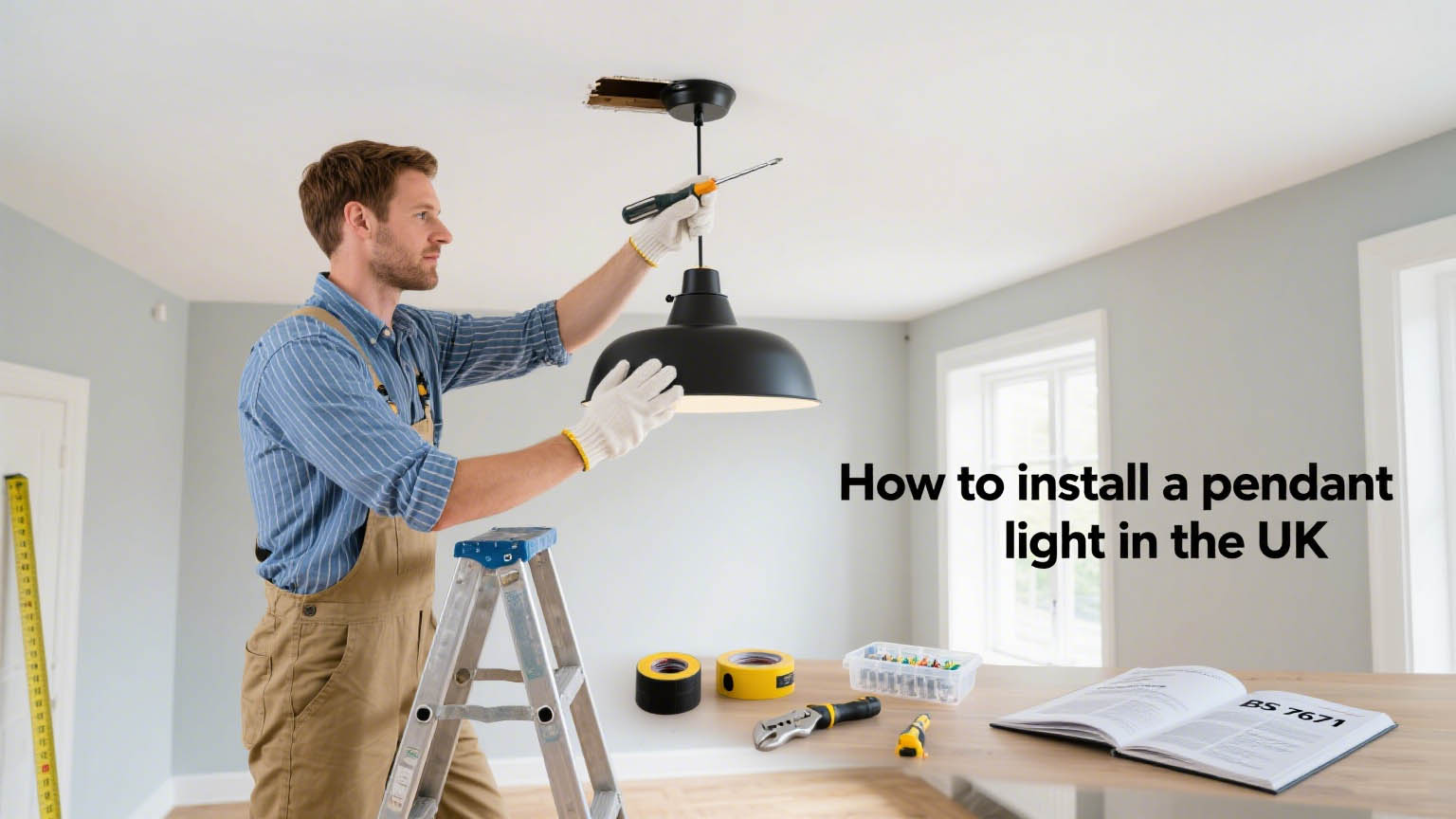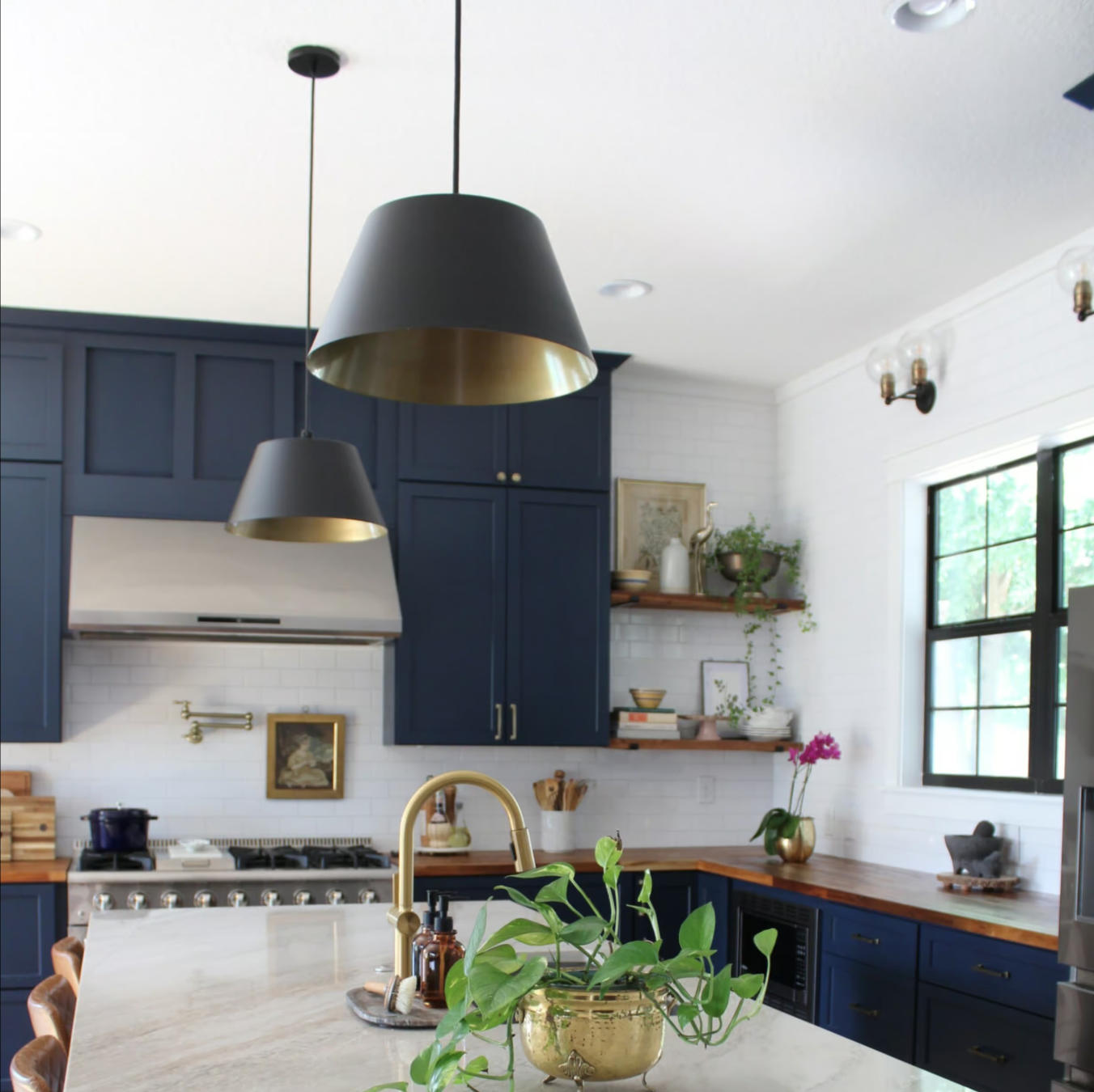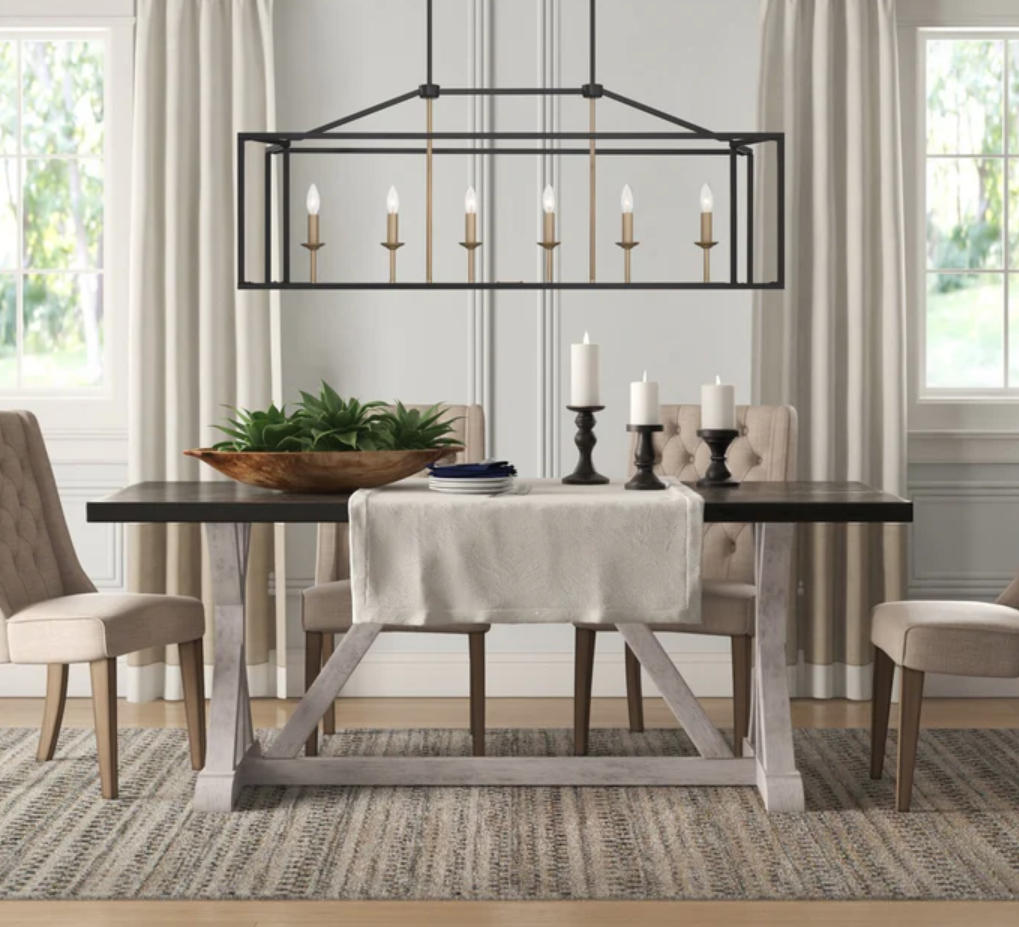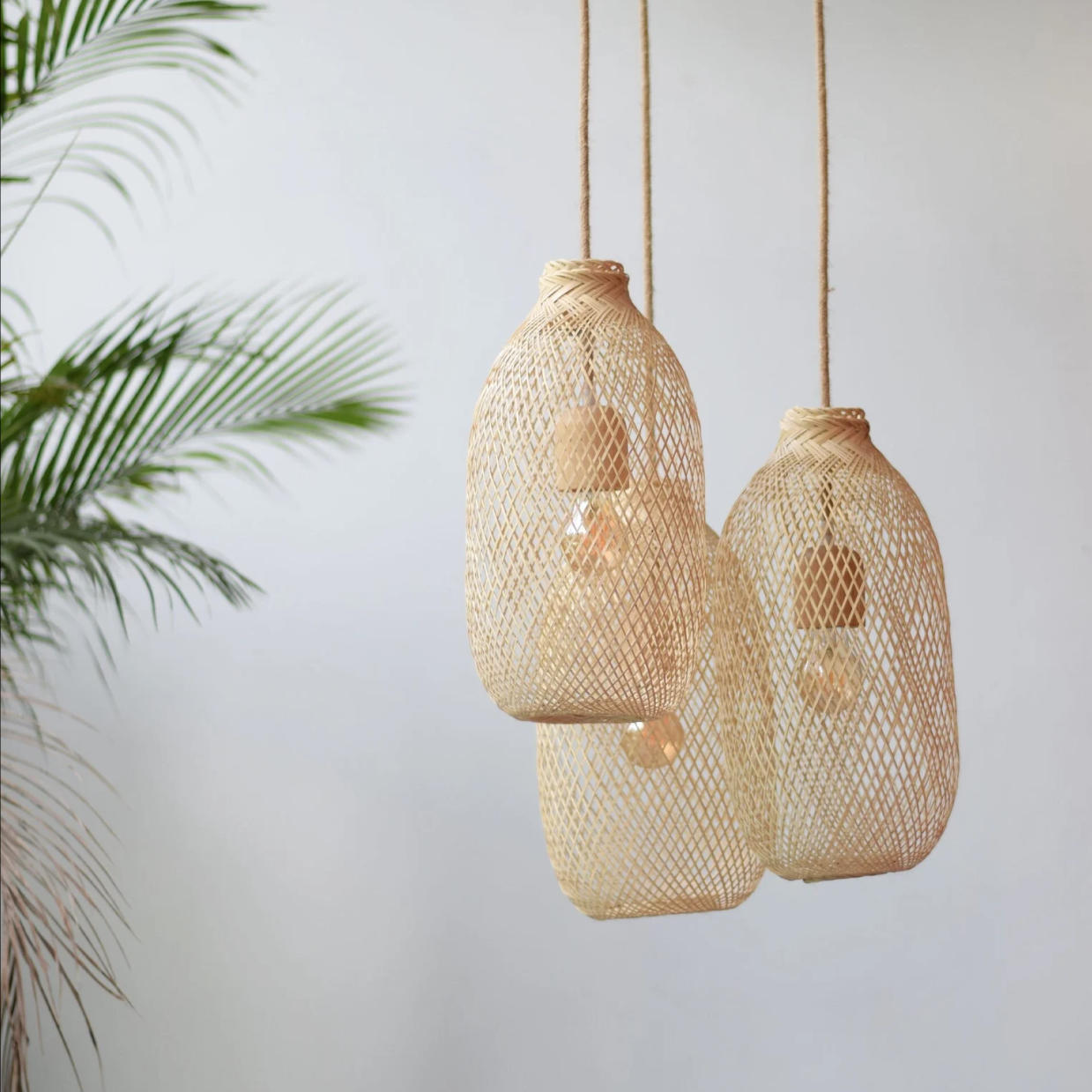In recent years, bamboo has emerged as a top material for eco-conscious, aesthetic, and modern interior design. Bamboo is durable, sustainable, and lightweight, which makes it perfect for a wide variety of decorative and functional applications. One of the standout uses of bamboo in home decor is through pendant lighting. Bamboo pendant lights not only bring a natural touch to any space but also provide a warm, inviting glow. As we step into 2025, the design world is evolving with new trends that are pushing the boundaries of what bamboo pendant lighting can achieve. Whether you’re remodeling your home or looking to enhance your decor with new lighting ideas, these are the top five bamboo pendant light design trends for 2025.
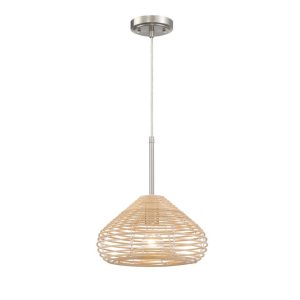
1. Minimalist Bamboo Pendant Lights with Geometric Shapes
Minimalism continues to dominate interior design in 2025, and bamboo is an ideal material for minimalist lighting. Geometric shapes—whether they’re sleek spheres, angular cubes, or symmetrical hexagons—are being embraced by modern designers to create stunningly simple yet elegant pendant lights.
These bamboo pendant lights are usually made from thin bamboo strips or interwoven bamboo reeds, showcasing the raw beauty of the material while maintaining a clean, uncluttered look. The combination of bamboo’s natural texture with a simple geometric shape gives the lighting fixture an effortlessly chic and timeless appeal.
Why It Works in 2025
Minimalism in design isn’t just about reducing clutter—it’s about creating functional spaces that radiate calmness and serenity. The cool, natural tones of bamboo work perfectly in minimalist settings, where the focus is on subtle beauty and harmonious simplicity.
Best For: Modern apartments, minimalist interiors, open-concept spaces, and offices.
2. Sustainable Bamboo Pendant Lights with Eco-Friendly Technology
2025 sees an increased demand for sustainable living, and bamboo, a rapidly renewable resource, is an ideal material for eco-friendly home decor. What makes this bamboo pendant light trend particularly exciting is the integration of eco-friendly technology.
From LED bulbs to energy-efficient light dimmers, designers are pairing bamboo with low-energy, long-lasting lighting components that reduce both environmental impact and energy bills. The bamboo is often treated using natural, non-toxic finishes, making it not only a sustainable choice but a non-harmful one too.
Why It Works in 2025
As sustainability continues to be a driving factor in home design, consumers are looking for ways to incorporate green practices into every aspect of their lives. Bamboo, with its rapid growth cycle and minimal environmental footprint, is becoming a go-to material for eco-conscious designers. The inclusion of energy-efficient lighting technology means that bamboo pendant lights can shine brightly while keeping your carbon footprint low.
Best For: Green homes, eco-friendly interiors, and sustainable businesses.
3. Rustic Bamboo Pendant Lights with Handcrafted Accents
As the world becomes more digital, there is a growing appreciation for craftsmanship and authenticity in interior design. One of the top bamboo pendant light trends for 2025 is rustic, handcrafted designs that incorporate artisanal touches, such as hand-woven bamboo shades, intricate carvings, and natural finishes.
These pendant lights often feature irregular shapes, slight imperfections, and organic textures, which enhance their charm and add character to any space. The appeal of these lights is that no two pieces are exactly alike, making each one a unique work of art.
Why It Works in 2025
People are gravitating toward spaces that reflect personality, warmth, and individuality, and handcrafted bamboo pendant lights perfectly embody these values. With many people seeking a return to nature and authenticity, rustic bamboo lighting is a perfect way to create an atmosphere of warmth and nostalgia.
Best For: Country homes, eco-lodges, rustic dining areas, and creative spaces.
4. Bamboo Pendant Lights with Mixed Materials
One of the most exciting trends for 2025 is the fusion of bamboo with other materials such as metal, glass, concrete, and even fabric. By combining the natural appeal of bamboo with industrial and modern elements, designers are creating stunning statement pieces that are both functional and visually captivating.
For instance, a bamboo pendant light with a metal frame offers a perfect blend of earthy charm and industrial elegance. Some designs feature bamboo shades paired with concrete or glass bases, creating a unique juxtaposition of natural and man-made textures. These hybrid lights appeal to those looking for versatility and creativity in their home decor.
Why It Works in 2025
As people seek ways to blend different design aesthetics, the mixed-material trend is gaining momentum. Bamboo’s versatility allows it to pair beautifully with a range of materials, whether you’re looking for something rustic, modern, or even urban chic. The fusion of materials adds a layer of depth and texture to the space, creating a dynamic visual appeal.
Best For: Urban apartments, modern homes, cafes, and restaurants.
5. Large-Scale Bamboo Pendant Lights for Statement Spaces
For 2025, larger-than-life pendant lights are all the rage, particularly in open, airy spaces that have high ceilings. Bamboo pendant lights are being designed on a grander scale, with oversized shades and intricate patterns that create a dramatic effect. These statement pieces often become the focal point of a room, drawing attention with their size and beauty.
The larger bamboo shades allow for intricate weaving and layering, which, when lit, create mesmerizing patterns of light and shadow. These pendant lights can be used in living rooms, dining rooms, or large entryways, where they not only provide functional lighting but also set the tone for the entire space.
Why It Works in 2025
In 2025, people are embracing bold design choices that make a statement. Oversized bamboo pendant lights offer a way to bring the beauty of nature into your home on a grand scale, creating a dramatic, visually stunning atmosphere that is perfect for spaces that need a little more personality.
Best For: High-ceilinged spaces, large living rooms, dining areas, and lobbies.
Final Thoughts
Bamboo pendant lights are more than just stylish—they are a statement of sustainability, functionality, and design innovation. Whether you’re attracted to minimalist designs, eco-friendly technology, or handcrafted rustic aesthetics, bamboo provides a versatile base for lighting fixtures that enhance any interior.
As we move further into 2025, bamboo lighting continues to evolve, embracing new materials, styles, and technologies that cater to the growing demand for environmentally conscious and aesthetically pleasing home decor. The combination of natural beauty, craftsmanship, and sustainability makes bamboo pendant lights a timeless addition to any modern home.
So whether you’re looking to brighten up your space with a sleek, geometric design, or you prefer the warmth and authenticity of handcrafted rustic pieces, bamboo pendant lights are a top choice for 2025. Let these eco-friendly, stylish lights illuminate your space with a touch of nature’s charm.
